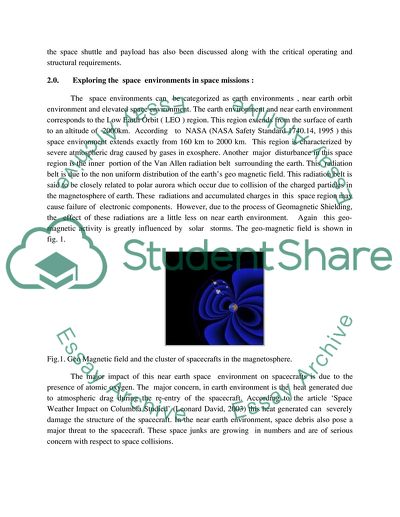Cite this document
(Materials Selection for Space Shuttle Structures Research Paper, n.d.)
Materials Selection for Space Shuttle Structures Research Paper. Retrieved from https://studentshare.org/technology/1723212-materials-selection-for-space-shuttle-structures-and-payload
Materials Selection for Space Shuttle Structures Research Paper. Retrieved from https://studentshare.org/technology/1723212-materials-selection-for-space-shuttle-structures-and-payload
(Materials Selection for Space Shuttle Structures Research Paper)
Materials Selection for Space Shuttle Structures Research Paper. https://studentshare.org/technology/1723212-materials-selection-for-space-shuttle-structures-and-payload.
Materials Selection for Space Shuttle Structures Research Paper. https://studentshare.org/technology/1723212-materials-selection-for-space-shuttle-structures-and-payload.
“Materials Selection for Space Shuttle Structures Research Paper”, n.d. https://studentshare.org/technology/1723212-materials-selection-for-space-shuttle-structures-and-payload.


